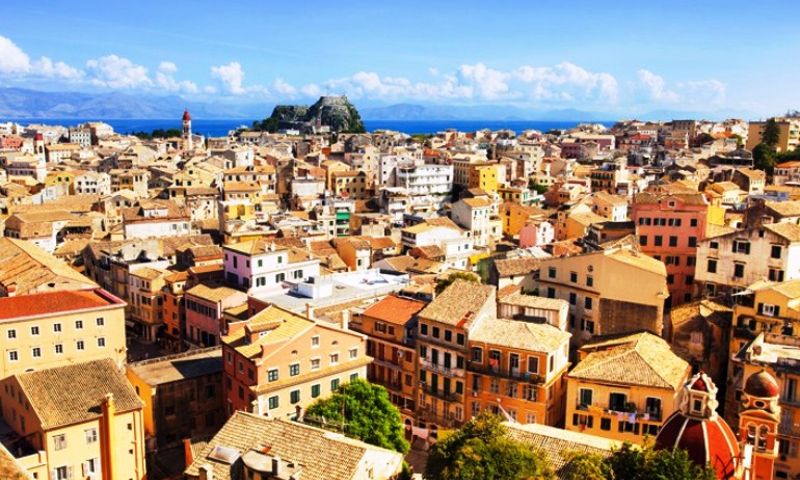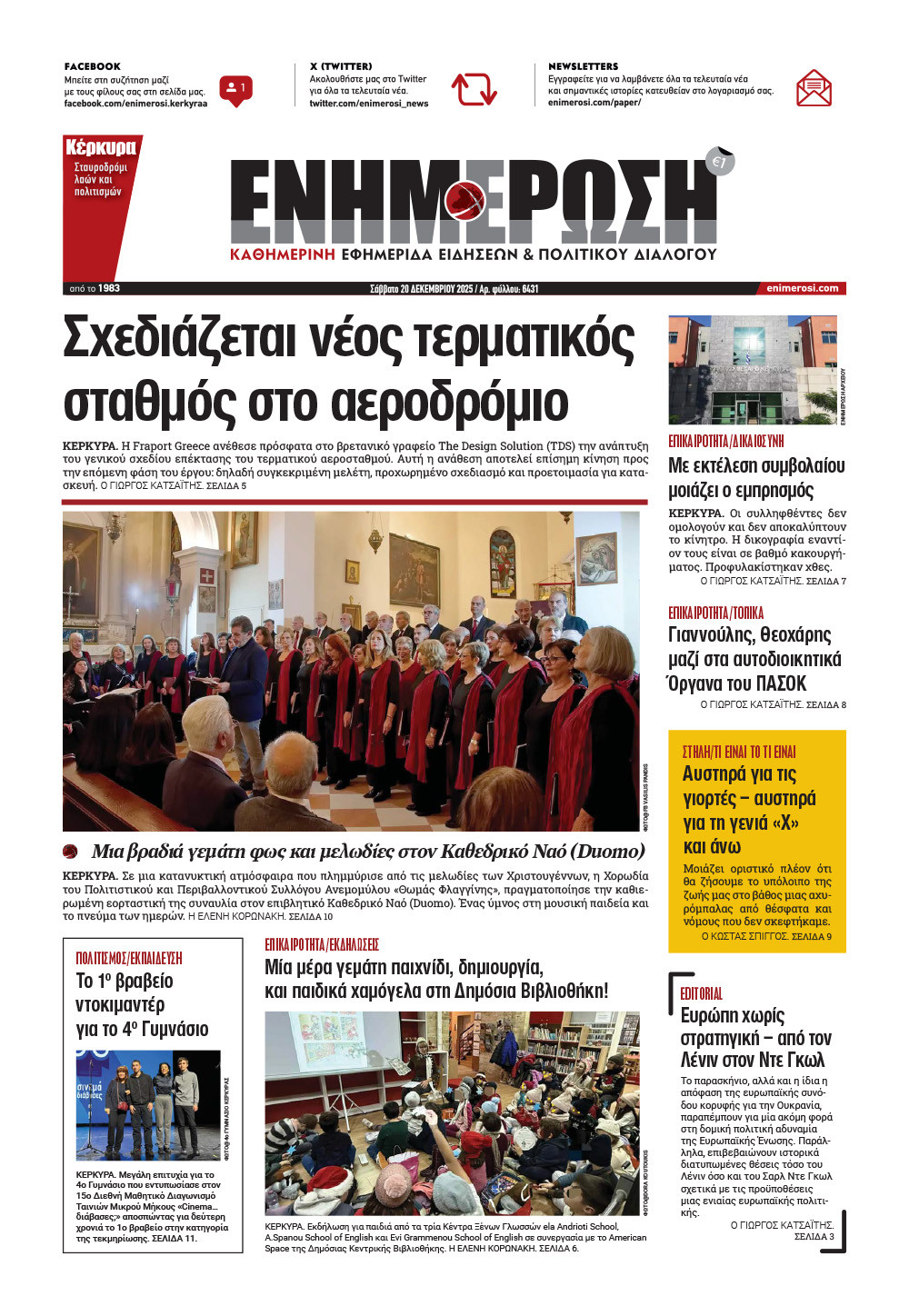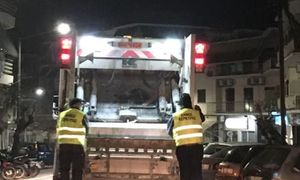Cap on Airbnb-type accommodation in Corfu except for Diapontia Islands with new spatial planning

CORFU. This year΄s season is slower for short-term rental properties.
The situation is changing in Corfu for short-term rental accommodation properties like Airbnb, based on the 'New Special Spatial Planning Framework for Tourism,' which is open for public online consultation until September 15.
Essentially, the bill introduces a cap on the development of this specific market in 13 out of the 16 Municipal Units of the Corfu regional unit, as it provides for a restriction on the number of 'tourism sharing spaces' and simple rental rooms in relation to the beds of primary tourist accommodations. Based on the new spatial framework, the areas in which the national space is categorised according to the spatial structure of tourist accommodations are as follows: (A) Control areas, (B) Developed areas, (C) Developing areas, (D) Areas with development potential, and (E) Undeveloped areas.
The 13 Municipal Units
The Municipal Unit of Corfu is included in the control areas, that is, in the overdeveloped and tourist-saturated areas where the measure is expected to apply, while a cap is also foreseen in those classified as developed areas, namely in the Municipal Units of Agios Georgios, Achilleio, Esperion, Thinali, Kassopaia, Korissia, Lefkimmi, Meliteieis, Paleokastritsa, Parelia, Phaeces and Paxos.
However, this measure does not apply to the Diapontia Islands based on the categorisation of the national space. The Municipal Unit of Erikoussa is classified as a developing area, the Municipal Unit of Othoni as an area with development potential, and the Municipal Unit of Mathraki as an undeveloped area. Based on the spatial planning, in both Othoni and Erikoussa, the construction of new accommodation properties in the 3, 4, and 5-star categories is allowed, a regulation that also applies to the expansion of existing properties.
For undeveloped areas, in the case of Mathraki, the directions focus on providing incentives for the development of special forms of tourism and special tourist infrastructures, the conversion of traditional or preserved buildings into hotel units, and the utilisation of abandoned settlements with architectural interest, by converting buildings into accommodation or making larger-scale investments with incentives either to current owners or interested investors. For undeveloped areas, it also recommends providing incentives from first-level urban planning tools, such as more favourable building terms.
For saturated areas and developed areas, among other things, the preparation of studies to assess tourism carrying capacity is foreseen, as well as the establishment of a special fee in favour of the Green Fund on tourism activities, including short-term rentals and simple rental rooms, with the aim of financing renovations and infrastructures that support tourism.
Slow season for Airbnb properties
Furthermore, until the determination of land uses by first-level urban planning tools, in areas outside the plan and outside settlement boundaries, it recommends restricting the creation of new facilities/uses incompatible with tourism activity (especially industrial/manufacturing facilities, wholesale trade facilities, storage buildings and lots, livestock facilities). Meanwhile, in the category A areas, which includes the Municipal Unit of Corfu, the minimum required area for the construction of new hotels is increased to 16 stremma, while for category B it increases to 12 stremma. In both of these categories, the construction of new 4 and 5-star properties is allowed, as well as the expansion of existing properties.
Across the island, there are 7,152 Airbnb-type properties, according to Konstantinos Lavranos, property manager of Life Villas, which operates in Corfu. However, the season for short-term rental properties has slowed down. Although April had a dynamic start, the May-June period did not go as well. Mr. Lavranos points out that, the same occupancy rates are not being observed, compared to previous years, and the strong competition due to the abundance of mid-range properties means prevents them from being fully booked.
Demand remains steady for short-term rental properties by the sea or within the old town, although there have been special offers in order to fill all the dates. However, properties located further inland face booking difficulties, especially in the mid-range category, where there is a multitude of options. In contrast, luxury accommodation and more affordable properties fill up more easily. Occupancy rates are at 85%-90% for July and August. However, Mr. Lavranos said, these occupancy rates are always expected during this period and do not come as a surprise.
MARIA BAZDRIYIANNI












